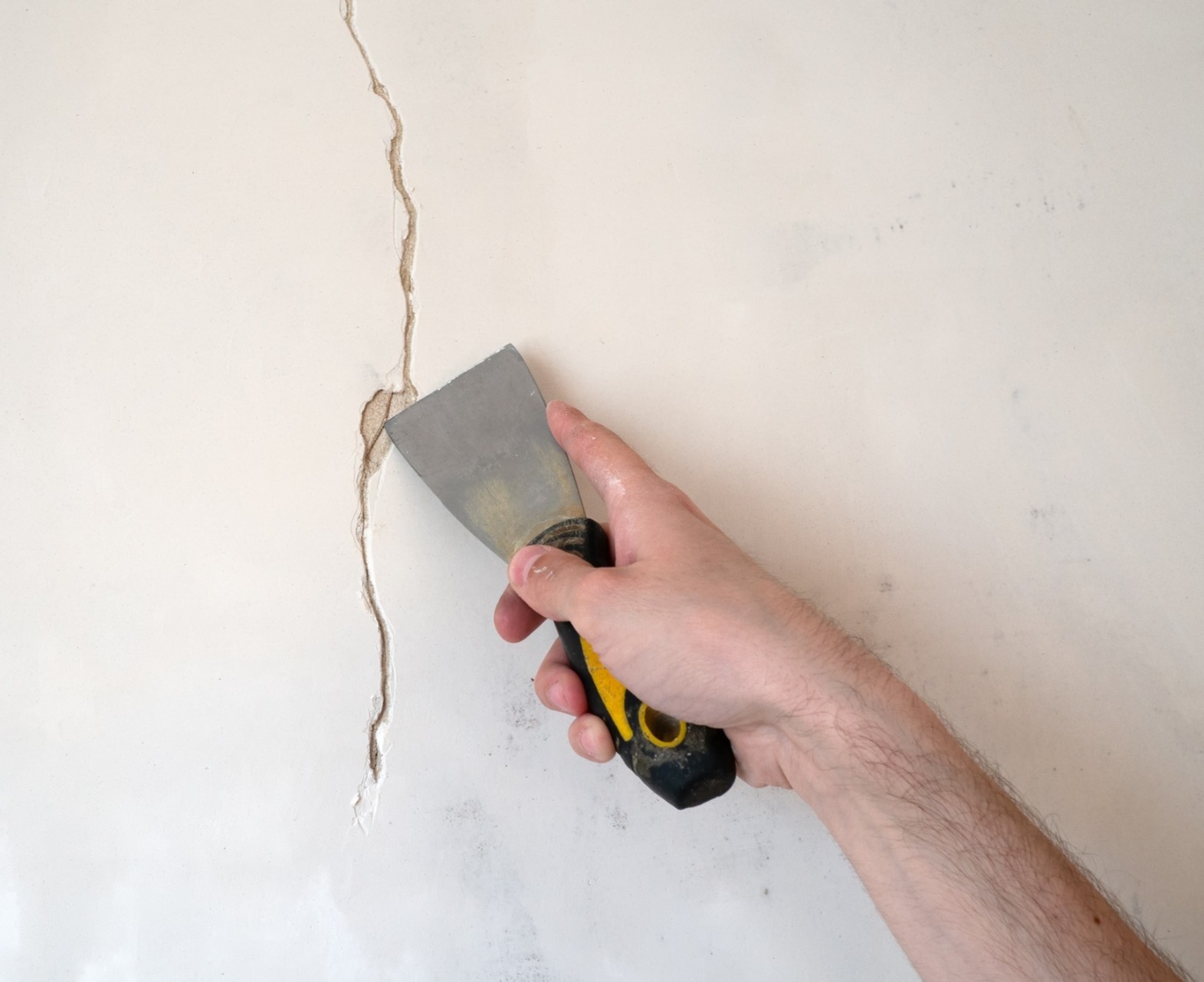Diagnosing Common Plaster Problems
Posted on 10th January 2022 at 16:43
Unfortunately, nobody has ever managed to invent the eternal plaster. Yes, an expert can make sure that your plastering job lasts many years. However, if you have inherited a very old plastering job, or have been on the receiving end of an amateurish performance, you might be finding problems with your plaster.
It is easy to look at something and say, “that doesn’t look right”. What is more difficult is to diagnose what is the cause of your plaster problems.
Here are some helpful tips to help you in diagnosing common plaster problems.

When the plaster begins to crack
Let’s be honest, you have probably seen a lot of fine hairline cracks on you plastering over time. Most of these are fairly innocuous. If these are cracks are small enough that you can barely fit a fingernail in them, there is very little reason to mess with them.
However, not all cracks are created equal.
• Delaminating cracks are a sign of plaster pulling away from the lath behind it. These can be very dangerous when showing up on ceilings as that mean it may fall away and come crashing down.
• Settlement cracks are often converging cracks running across your plaster walls. They may look easy to patch and fill, however, this is just papering over the cracks if the bigger issue of your foundation is not checked first. As soon as you see this sort of crack, call a professional.
Discoloured or stained plaster
It looks really ugly, doesn’t it? Brown swirls appearing on your plaster. When these unsightly stains start to appear, they are an early sign of water damage.
Once a leak begins these stains will start to show up.
Whilst it is easy to solve the plaster problem with a stain blocking primer, that won’t fix the actual water issue. The leak needs found and sealed by a professional builder or plumber.

Bubbling and bulging
If water damage becomes severe your plaster might start bubbling and bulging. In theory, this could start happening without any previous staining. But, when this happens, a stain blocking primer will not be enough,
To fix this, a portion of the plaster will have to be removed and patched.
If this is ignored, the damage will continue and often accelerate. Ignoring it runs the risk of developing mould. Regardless, water and plaster are not a good combination, so find a professional to locate and seal the leak.
Trust your local experts
Plaster is a strange material. It can come completely loose of the lath and bulge out from the wall with falling or even cracking.
The best thing to do is keep checking it. If you see bulges, press them to see if they are moving. If they do, this means that your plastering is coming away from the wall.
It is worth while talking to a local builder about your plastering if you are unsure. Unless your plaster is very old, problems are usually indicative of another problem, so don’t leave it to chance.
If you want to inquire into plastering, please feel free to contact us at any time by calling 01604 652 920 or email us on info@srgillbuilders.co.uk.
Tagged as: Blog, Plastering
Share this post:





